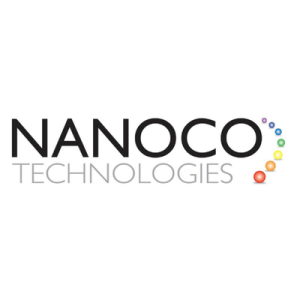The global quantum dot (QD) material market is projected to reach US$550 million by 2034. However, this remarkable figure merely scratches the surface of the potential magnitude the market of their enabled products is set to attain, especially in one of QD’s potential application markets: displays. IDTechEx has recently published its view on global QD markets and enabling technologies, with more details that can be found in “Quantum Dot Materials and Technologies 2024-2034: Trends, Markets, Applications”.
QDs were first discovered in 1980. They are semiconductor nanocrystals in the range of 2-10 nanometers (10-50 atoms) with size-tunable features. They exhibit quantum confinement effects due to their nanoscale dimensions, leading to remarkable optical and electrical characteristics. Both QD’s photoluminescent and electroluminescent features can be applied for display applications, with different levels of commercial readiness.
Nanoco Group PLC (LON:NANO) leads the world in the research, development and large-scale manufacture of heavy metal-free nanomaterials for use in displays, lighting, vertical farming, solar energy and bio-imaging.


